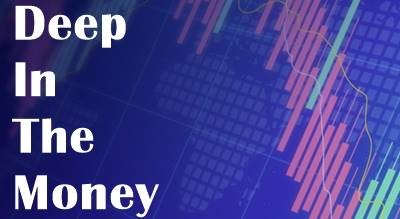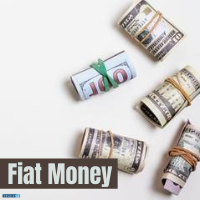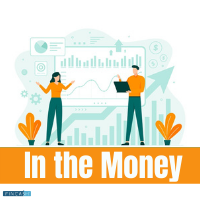Narrow Money
What is Narrow Money?
Narrow money is an informal term that’s used to describe all the physical money the central Bank of the country holds. This includes demand deposits, coins, liquid assets, and different currencies.

M1 and M0 are the official terms used to define narrow money in the United States and the UK respectively. We get this term from the fact that M1 is considered to be the narrowest money in the Economy. In other words, narrow money refers to the physical money that is easily available for monetary transactions. It is commonly used for regular transactions.
Narrow Money Formula
To calculate narrow money, you can use the following formula;
M1 = Cash + Demand Deposit + Other deposits with RBI
Narrow Money Example
Let's take a narrow money example here. Suppose a boy named Rahul, and his friends go out for a trip when they come across an ice cream parlour. He takes out the required cash from his wallet and pays the ice cream store right away in the first case.
In the second case, he forgets to bring cash, so he compensates by going to the ATM and using his Debit Card to withdraw the needed amount from his Savings Account for ice cream.
Narrow money is at work in both situations. The first example was a liquid transaction involving notes or coins, but the second case involved demand deposits and required a short time to encash.
Understanding Physical Money
The narrow money only includes the currencies and coins that are easily available for commerce. That’s the reason why this money is limited to coins and notes. According to the research, the European Union is the leading economy in terms of narrow money. It holds the largest amount of narrow money. Other economies that hold a significant amount of coins and physical notes are Japan and China. America and Germany are in the fourth and fifth positions on the list of the economies with the largest stock of this physical money.
The supply of narrow money is directly related to the nation’s economic health. The current economic condition of the country along with the performance of the finance Industry plays a significant role in the economy’s narrow money stock. Federal Reserve focuses more on the interest rate than the stock of narrow money. However, its response to the company’s economic health is based on the amount of this physical money the country holds. With that being said, narrow money and Broad Money are often used to determine the financial health of an economy.
Talk to our investment specialist
Broad Money Vs Narrow Money
Jotted down below is the difference between these two forms of money:
| Basis | Narrow Money | Broad Money |
|---|---|---|
| Meaning | Narrow money is a part of the money supply that solely comprises the most liquid kind of money the general people own. It includes money in the form of notes, coins, and any deposits in people's bank accounts | The amount of money flowing in a particular economy is referred to as broad money. It's the second part of the money supply calculation. Although it encompasses all types of narrow money, it also includes less liquid forms |
| Inclusion | Cash owned by the general public, commercial bank demand deposits, and Post Office savings account | Public cash, commercial bank demand deposits and net time deposits, and total post office savings deposits |
| liquidity | High | Low |
| Emergency | Useful | Not useful |
| Symbolic Representation | M1 | M2, M3 and M4 |
| Scope | Narrow vision | Broader spectrum |
| Time Consumption | Liquid money circulates in an economy and is readily available for transactions | Financial Assets with a conversion time of greater than 24 hours |
| Examples | Notes and coins | Notes, coins, cheques, demand deposits, savings deposits, and money market deposits |
The best examples of narrow money are deposit and saving accounts. That’s because the money held in these accounts are readily available whenever needed. You could use this money for transactions and commerce. Even if the transaction does not involve physical money, such as coins and paper notes, it will be classified as narrow money. Mostly, the transactions include payments through debit cards and checks. Any form of money that can be accessed quickly for monetary transactions will be classified as narrow money.
Broad money, on the other hand, is the term used to describe the deposits that take more than 24 hours to be available for the transactions. Put simply, it takes a long time for the broad money to reach maturity.
Due to the time restrictions, it is not possible to use broad money for emergency transaction requirements. You could also Call broad money as the less-liquid cash. The terms used to define broad money are M2/M3/M4. A common example of broad money is the money you have invested in the securities. For example, the money you have invested in Bonds will take several months to get accessible for transactions.
You only get your investment and returns when the bonds reach maturity. Other examples of broad money are stocks, Mutual Funds, and commodities.
Takeaway
Only the most liquid financial assets are held in the limited money supply. This category is limited to tangible notes, coins, and money deposited in the most accessible bank accounts. The RBI calculates the amount of narrow money in circulation at regular periods, which is essential for monetary policy since it can help anticipate and manage Inflation and interest rate changes.
All efforts have been made to ensure the information provided here is accurate. However, no guarantees are made regarding correctness of data. Please verify with scheme information document before making any investment.













Good . Really